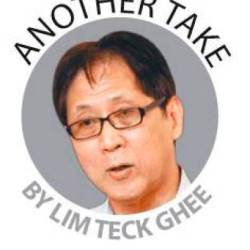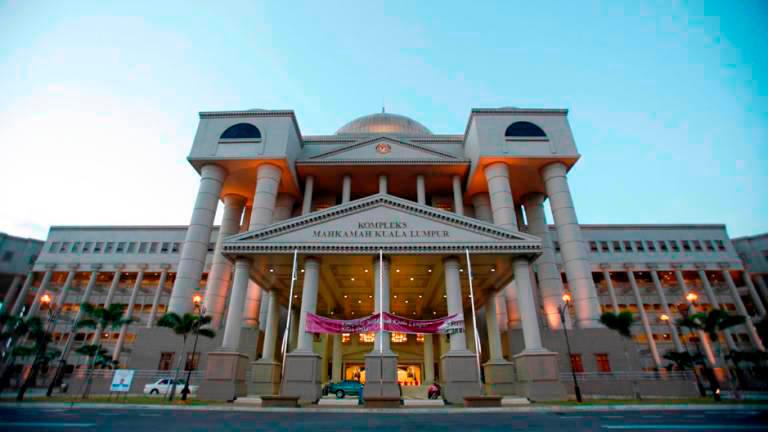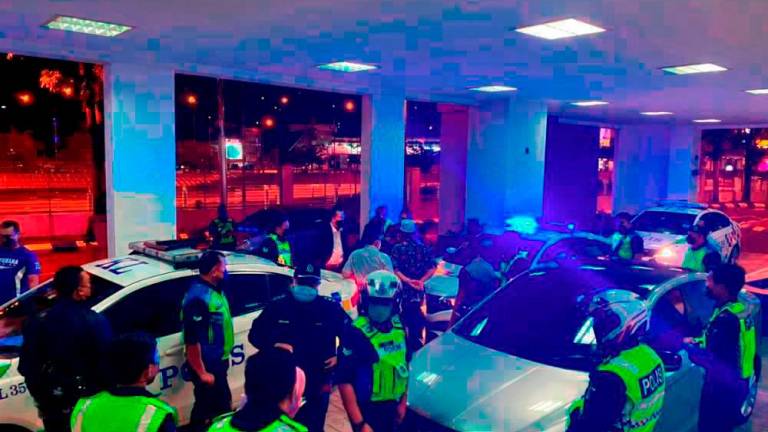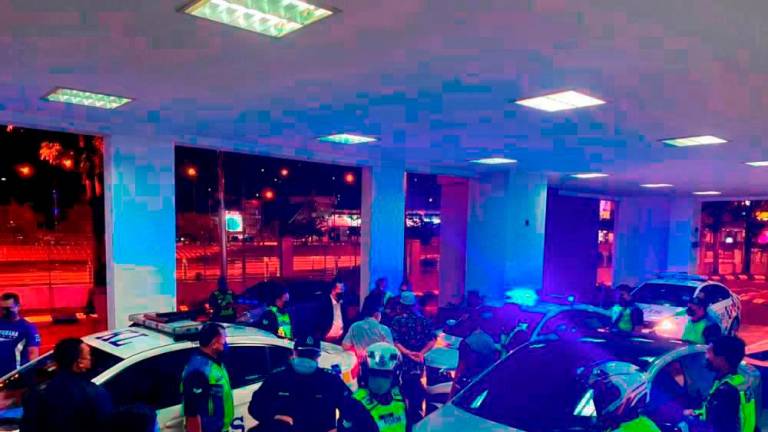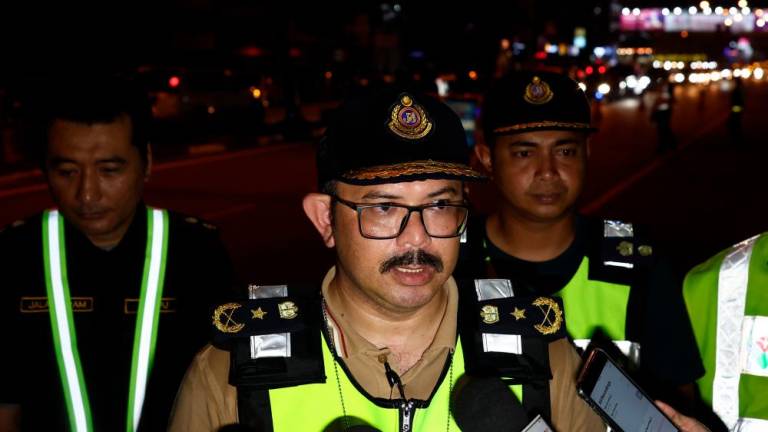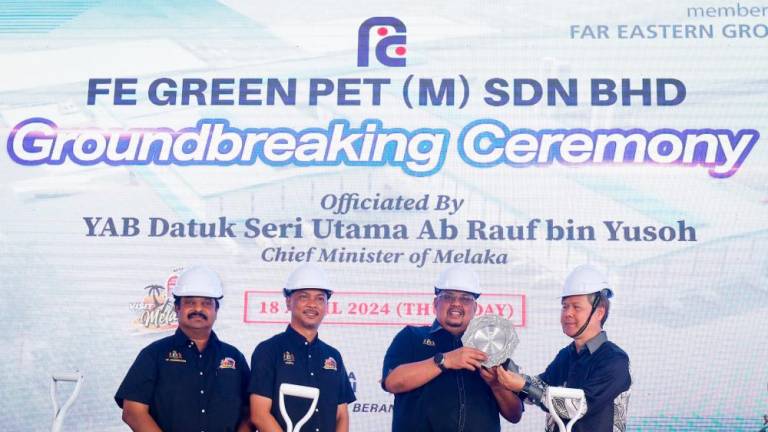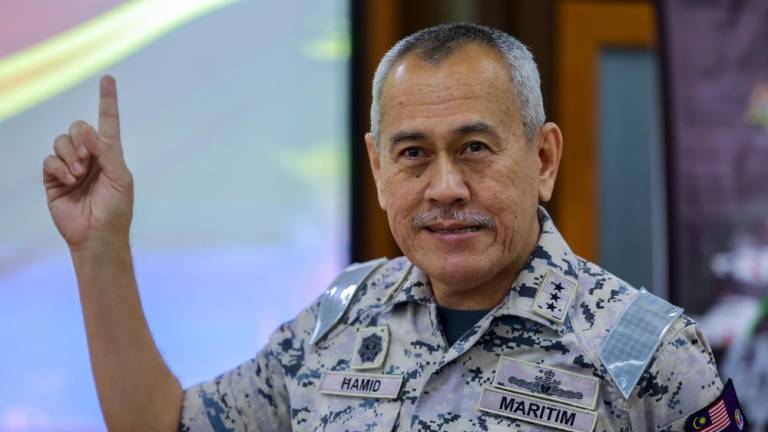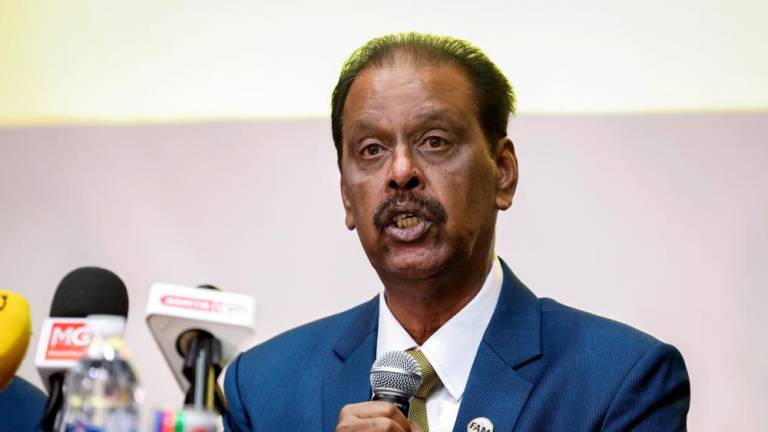HOW to make sense of the disarray and imbroglio that have characterised post-GE 14 politics requires looking deeply and critically into the changes or non-changes especially in Malay politics and Malay society from a longue duree (long term) perspective.
This less simplistic approach could help answer the questions related to the hot issue of political succession when Tun Dr Mahathir Mohamad makes his final exit from the nation’s political arena. It may also provide clues on what is likely to happen to the reform agenda of the Pakatan Harapan government.
First, it is important to recognise that it is the Malay middle class that is the foundation and bulwark of Malay political dominance. This middle class, entirely a creation of the NEP, has come about only during the past 30 years. It is probably among the fastest, if not quickest, growing middle class in world history.
Artificial incubation of the Malay middle class
Unlike other middle classes that have emerged through a lengthy and natural process of socio-economic evolution and who feel secure in their social positioning and life prospects, the Malay middle class – because of its newness – continues to be beset with anxiety and insecurity that are driven by internal and external factors. This appears to be so even among its upper class highly educated members enjoying unprecedented wealth and affluent lifestyles.
It would be a mistake though to see the Malay middle class sense of uneasiness or vulnerability rooted solely in the economic factors that is generally the case for middle classes in countries grappling with rising cost of living, declining quality of life, or job prospect issues.
The factors in Malaysia are more socio-cultural and political and have everything to do with the global community and multiethnic society that the Malay middle class is embedded in. There appears to be the constant fear that the gap between the Malay middle class and the non-Malay citizenry is not getting better and is perhaps insurmountable; and that they and their children are being left behind should the pro-Malay policies of the government be adjusted towards a more level playing field.
Second, although characterised by high education and with many members holding professional qualifications which can enable them to be self-reliant and progress without being provided any special advantage, it is a strata that has been attached by an umbilical cord to Umno, the premier Malay political party since independence. The stream of financial and other benefits provided by the political cord did not flow only to the elites in Umno/BN and their clients and runners in the business world and civil service. It was also poured out to the hundreds of thousands of new Malay middle class members through the post-NEP educational and socio-economic policies, and the nationwide patronage train operated by Umno leaders, and now inherited by Pakatan Harapan Malay parties.
Few – in politics – will dispute the fact that Umno has been responsible for the creation of the Malay middle class as well as a large part of the existing Malay psyche.
Today the Malay middle class is at a crossroads partially of its own making. One year ago, outrage over the 1MDB scandal and evidence of abuse and massive and petty corruption eating into every level of Umno and other Barisan Nasional parties pushed the majority of Malaysian voters to vote in a reformist oriented government.
Although there is some dispute over the true extent of Malay middle class support for Pakatan Harapan in the elections, there is little doubt that that the Malay middle class – through its critical deep reflection during the run-up to the election – was moving towards the historical role that other middle classes have played – that is as a catalyst of change for societal transformation, political transitions and the ending of authoritarian rule.
Can it seize the moment
For now though, at the same time as having to put its faith and trust in an untested more multiracially oriented government, the dilemma for the Malay middle class is accentuated by the steady advance of a religious-centric socio-cultural order that is restricting the opportunities, freedoms and rights associated with the rise of the middle class in other parts of the world.
Many among the middle class in Islamic countries such as Iran, Afghanistan, Pakistan and elsewhere, while initially supporting the rise of a more religious order, have lived to regret that support when their ways of life and aspirations have been curtailed, damaged or compromised to the extent that they have had to leave the country.
The next few years will be critical ones for the Malay middle class as it engages in soul searching, voices its concerns and exercises its influence in the nation’s course of development. Will we see it become the vanguard of an open and progressive society or will it retreat into a more conservative, more illiberal, more dependent mode that will undermine its own independent, vibrant and productive character?
This article is the ninth in the series on the state of Malay dominance. Lim Teck Ghee’s “Another Take” is aimed at demystifying status quo orthodoxy.



